Demand Response
Real-time Monitoring is Key to Reducing Energy Consumption
FERC Rejects PJM Transmission Planning Change
Demand Response
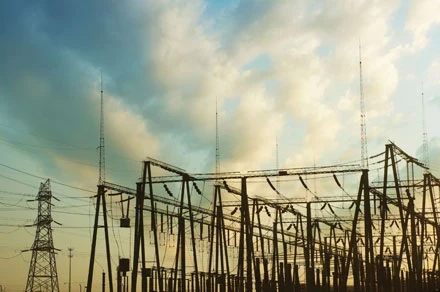
Pathways Initiative Proposes Regional Organization to Oversee Western Power Markets
In a landscape characterized by evolving energy demands and increasing pressure to transition to renewable sources, the Pathways Initiative is proposing a significant restructuring of power market oversight in the Western United States. This initiative seeks to create a regional organization that would manage and coordinate power markets, including the Energy Imbalance Market (EIM) and the Extended Day-Ahead Market (EDAM). The proposal reflects a broader recognition of the complexities and challenges inherent in managing a...
Related Articles
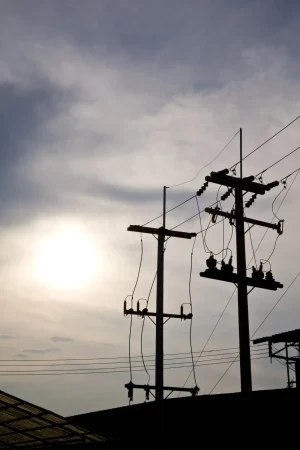
FERC Rejects PJM Transmission Planning Change
The Federal Energy Regulatory Commission (FERC) has rejected a proposal from PJM Interconnection, one of the United States' largest regional transmission organizations, to alter its transmission planning protocol. The decision represents a significant victory for state regulators who had expressed...

Pennsylvania’s Yaw Bill
In a significant move for Pennsylvania’s energy sector, State Senator Gene Yaw has introduced a transformative piece of legislation aimed at modernizing the state's approach to power plant development and capacity management. The bill, which has been the subject of considerable discussion,...
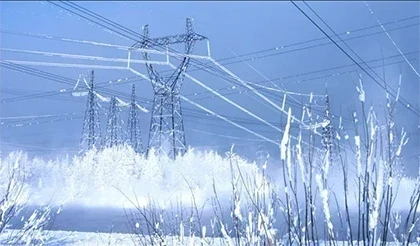
Demand Response Rules Are Changing. MISO Shows How.
For independent system operators and regional transmission organizations (ISO/RTOs), the need to rely on distributed energy resources as a system resource is growing.Power systems governed by wholesale markets are evolving as traditional fuel-based generation retires. As a result, ISOs and RTOs are...

Demand Response Communications
Weighing choices from AMI to Zigbee to Wi-Fi and cellular BY HOWARD NG, Comverge The demand response industry is currently experiencing some of its greatest success currently in the marketplace. However, similar to all technologies that stand the test of time, demand response started somewhere...
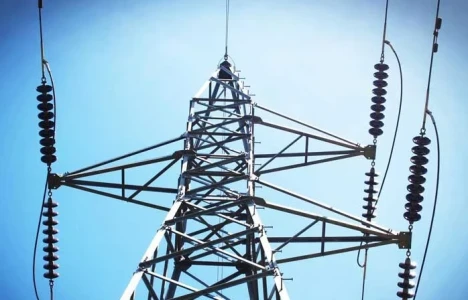
FERC Complaint Targets Duke, PJM Transmission Planning
A coalition of large energy consumers and ratepayer advocates has filed a complaint with the Federal Energy Regulatory Commission (FERC), urging the agency to prohibit transmission owners from independently planning "local" transmission projects exceeding 100 kilovolts (kV). The coalition argues...

Virtual Power Plants (Vpp) And Smart Grids: Integrating Renewable Energy For A Sustainable Future
The rapid shift toward renewable energy resources (RERs) has placed significant demands on traditional power systems. To address these challenges, modern energy infrastructure is evolving into smart grids, leveraging advanced technologies like Virtual Power Plants (VPPs) to enhance grid...
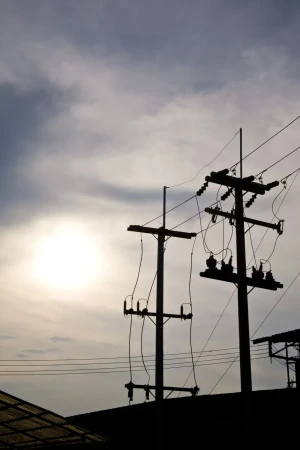
FERC Rejects PJM Transmission Planning Change
The Federal Energy Regulatory Commission (FERC) has rejected a proposal from PJM Interconnection, one of the United States' largest regional transmission organizations, to alter its transmission planning protocol. The decision represents a significant victory for state regulators who had expressed...

FERC Conference Highlights Challenges in Resource Adequacy
The Federal Energy Regulatory Commission (FERC) recently hosted the Co-Located Load Conference, a significant event that focused on resource adequacy, energy reliability, and the challenges of ensuring sufficient electricity supply amidst changing grid dynamics. As the energy landscape continues to...
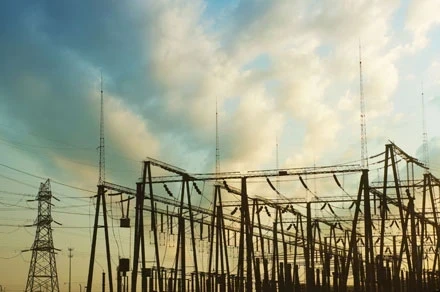
Pathways Initiative Proposes Regional Organization to Oversee Western Power Markets
In a landscape characterized by evolving energy demands and increasing pressure to transition to renewable sources, the Pathways Initiative is proposing a significant restructuring of power market oversight in the Western United States. This initiative seeks to create a regional organization that...
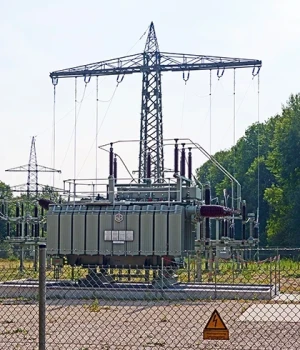
Smart Transformers: Enhancing Grid Efficiency and Reliability
The evolving demands of modern power grids necessitate the adoption of advanced technologies that can provide enhanced efficiency, reliability, and flexibility. Smart transformers are at the forefront of this technological revolution, offering a range of capabilities that significantly improve the...
